Every beauty innovation gets its 15 minutes of fame. And right now, it’s a toss-up between sheet masks and serums.
Trust us, we love those panda-printed moisture masks as much as the next person. But today, it’s all about serums. You can’t go two Internet clicks without seeing an advertisement or a recommendation for this enigmatic new product that promises to slow aging’s roll.
Despite all the hype, the latest and greatest beauty product seems to be shrouded in mystery.
While we’re all about testing new products, it’s important to use them properly and understand what it targets. Here’s the skinny on serums so you know whether to invest in this somewhat pricey endeavour.
A lot of people confuse serum with a moisturizer or cream, but they’re completely separate entities with some overlapping properties. The major difference between serum and your average anti-aging cream is the amount of active ingredients contained in the product.
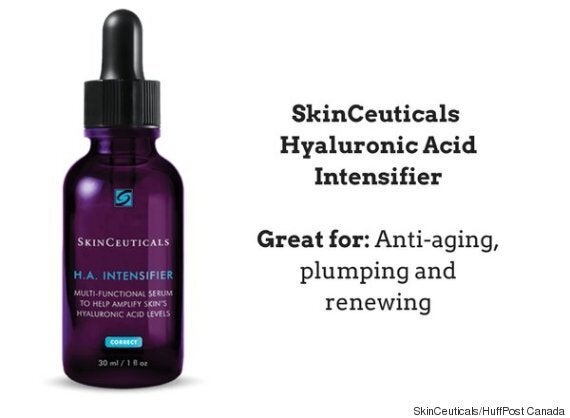
$120, available at skinceuticals.com.
Those active ingredients includes, antioxidants, hyaluronic acid, peptides and the list goes on. A drop of serum is like a little potent bomb of all things your skin craves. Serums also penetrate deeper into skin for more immediate and noticeable results.
Now that we know what serums are comprised of, what were they created to target? You could say its primary function is to combat the signs of aging, but serums are much more than a one-trick pony.
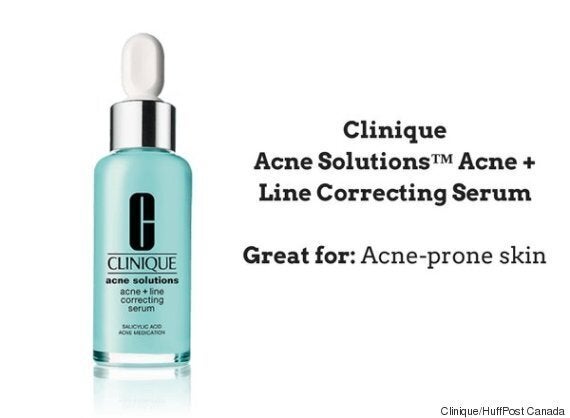
$53, available at clinique.ca.
They take on most skin care qualms in some capacity. Serums are moisturizing, firming, brightening and tackle dark spots, wrinkles and uneven skin. They’re the supermoms of the beauty world — serums do it all.
Order and decorum matters when it comes to your skin care routine.
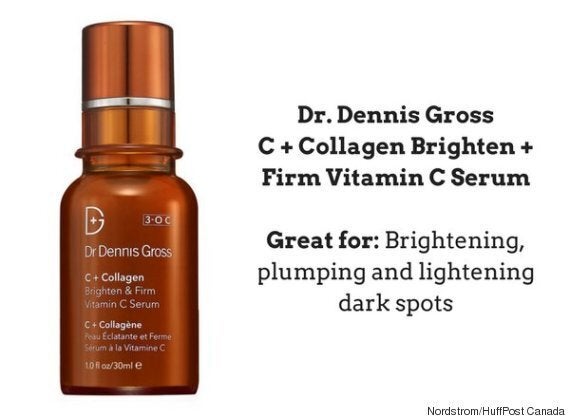
$111, available at Nordstrom.
You can completely counteract a product’s benefits by using it incorrectly — in the wrong order or mixing it with another product with which it doesn’t jive. You may think you’re doing your skin a service by using every product imaginable but the opposite may actually be true.
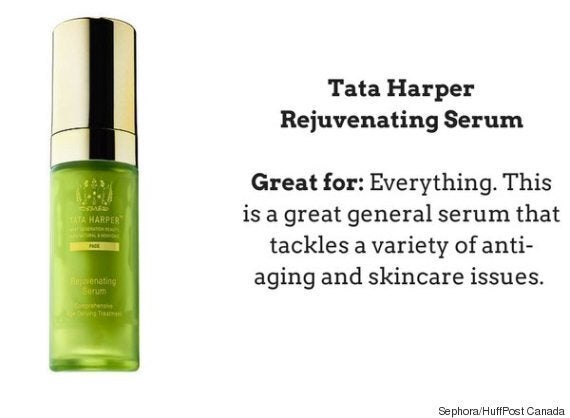
$130, available at Sephora.
When it comes to serums, the answer is fairly clear-cut. The rule of thumb is: serums are applied at night, BEFORE moisturizer and after you’ve thoroughly cleansed your skin. A clean canvas, free of dead skin and debris will allow those active ingredients to make their way into your skin so they can work their magic.
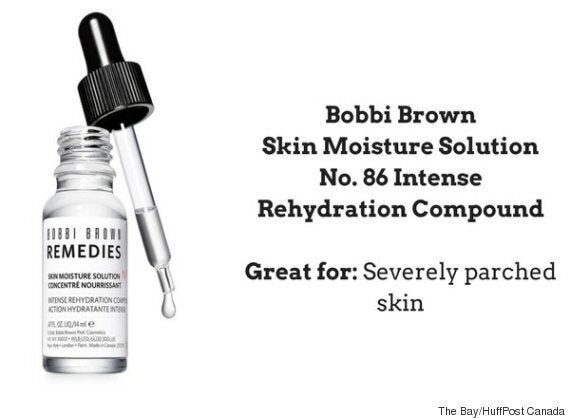
$55, available at The Bay.
Depending on the brand, the recommended application is once a day, but some serums come with a day and night version. When in doubt, read the label.
There are definitely serums that target certain skin care issues, but they’re always chock full of ingredients that are generally beneficial to your skin.
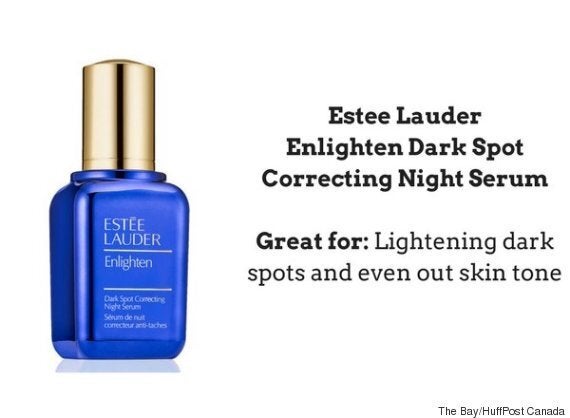
$110, available at The Bay.
If you have sensitive skin or you’re acne prone, there’s a serum out there formulated with additional ingredients like salicylic acid to tackle those problems.
It’s always a good idea to consult a skin care professional if you have access to one, but like any beauty products, start by identifying which issues you want to correct. Is it wrinkles? Dark spots? Uneven skin?
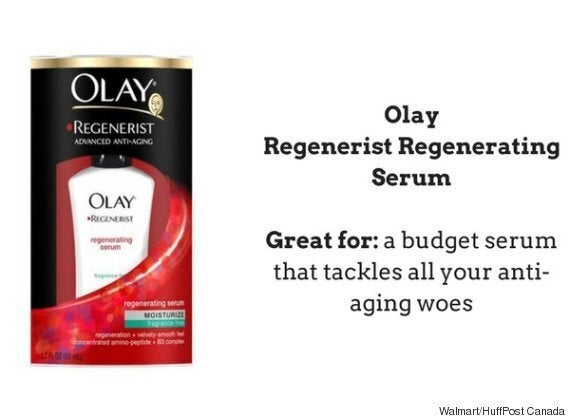
$35, available at Walmart.
Understand your skin by determining whether you have sensitive, oily, combination or dry skin. All these identifiers will factor into which serum will work best for your skin. If anti-aging properties are what you’re looking for, these are good ingredients to look for: Hyaluronic acid, vitamin A.
The defining feature of serum is that it’s a lot more potent than cream, so you’ll want to do a patch test before you go all in.
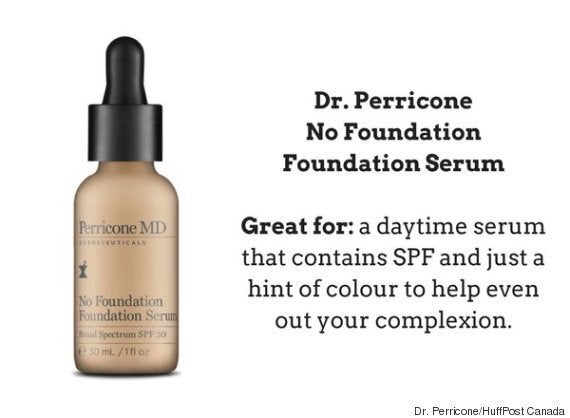
$60, available at Perricone MD.